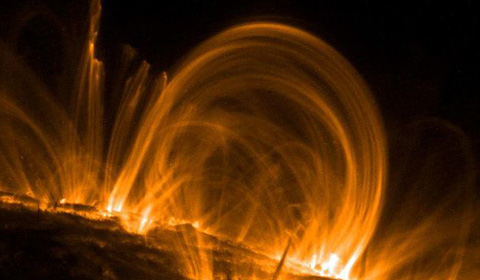
|
|
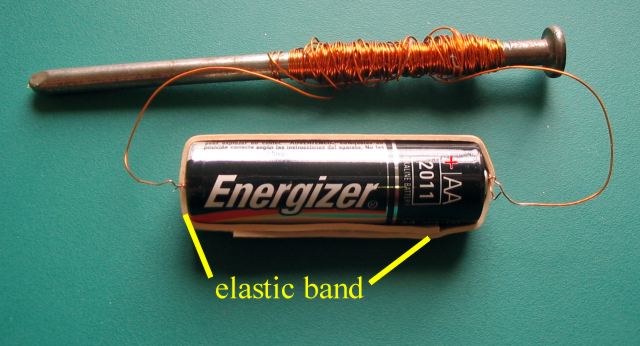
|

|
|

|
|

| Maglev trains typically use one of the left two ideas; the magnets on the rail repel the car making it float while magnets attached to the car pull the car up toward the track lifting the car up. |
Maglev trains are propelled by a time varying magnetic field. Recall that unlike poles of magnets attract and that like poles of magnets repel. If the fields in the tracks alternately change direction by changing the direction of the current flow, then track can alternately pull the train forward, shift to neutral and then push the train forward.
Maglev trains due to the small friction between the wheels and rail, can reach very high speeds. The Japanese maglev train has reached speeds of greater than 350 miles per hour, speeds almost twice as fast its conventional trains have reached.

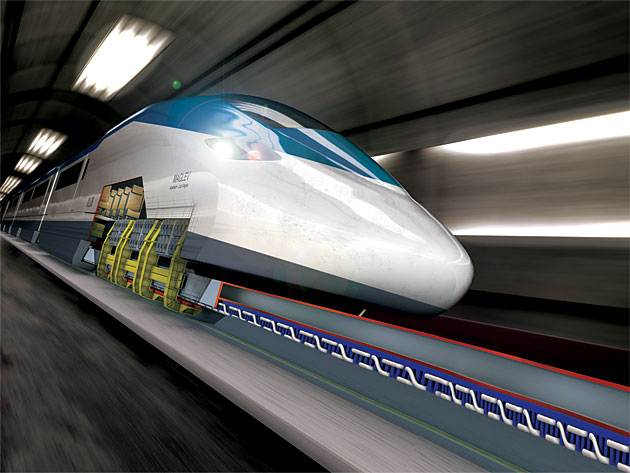

|
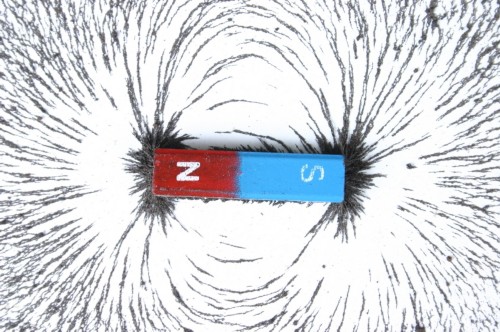
| >
|
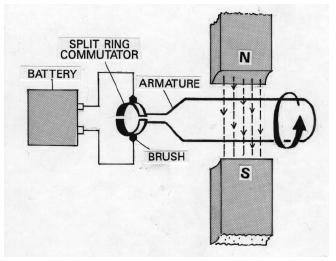
|